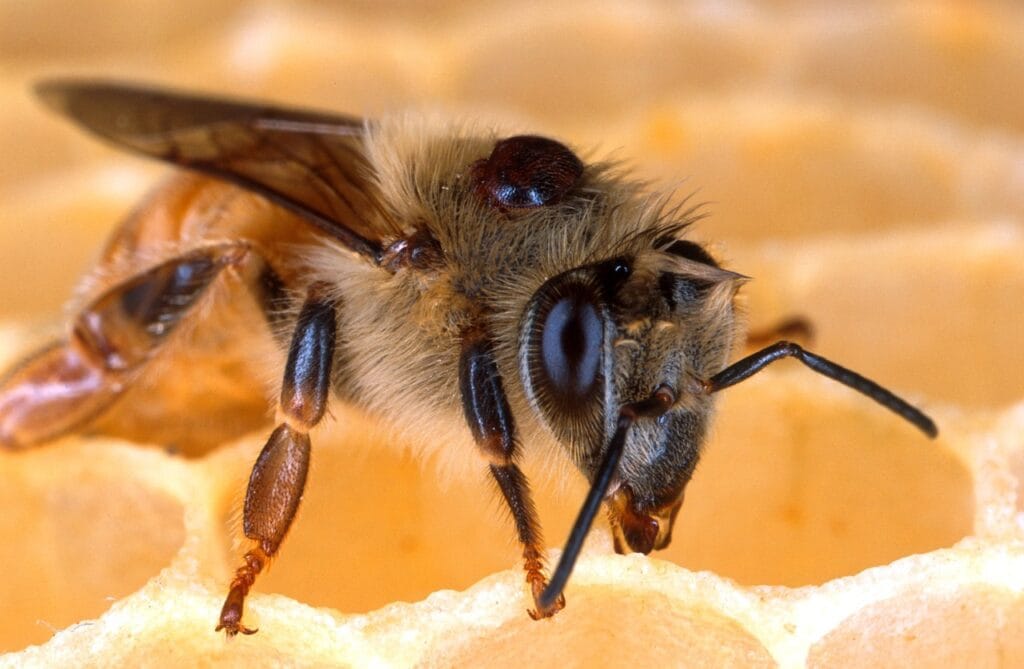What factors influence the choice between soft and hard chemicals for mite control?
The choice between “soft” (organic/naturally-derived) and “hard” (synthetic) chemicals for Varroa mite control depends on a range of factors related to mite population, colony health, season, resistance, residue concerns, and beekeeper goals:
Key Factors Influencing the Choice:
1. Mite Resistance Concerns
- Hard chemicals (synthetics like amitraz, fluvalinate, coumaphos) are highly effective initially, but Varroa mites can rapidly develop resistance if used repeatedly or improperly. Soft chemicals (formic acid, oxalic acid, thymol, hop acids) have a lower risk of resistance development, so they are often chosen where resistance to synthetics is already a problem or as part of a rotation strategy to delay resistance[1][2][3][4].
2. Residue and Hive Contamination
- Hard chemicals are more likely to leave long-lasting residues in wax and honey, raising concerns about contamination of hive products and the potential for cumulative sublethal effects on bees and brood. Soft chemicals tend to break down quickly, leaving fewer residues, and are generally accepted in organic beekeeping[1][4][5][3].
3. Application Flexibility and Timing
- Some soft chemicals (like oxalic acid) are only effective during periods when there is little or no brood, while others (like formic acid and thymol) can be used when brood is present. Hard chemicals can usually be applied with less concern for colony brood status, but label instructions must always be followed[6][3][4].
4. Temperature Sensitivity and Colony Condition
- Formic acid and thymol (soft chemicals) are temperature sensitive—too high or too low temperatures can make them ineffective or even dangerous to bees. Hard chemicals tend to have wider application windows in terms of temperature and colony strength[6][3].
5. Honey Production and Harvest
- For hives producing honey for human consumption, residue risks are critical. Soft chemicals are favored before or during honey flows, or as “clean-up” treatments, since many hard chemicals are not approved for use when supers are present[4][3].
6. Safety, User Skill, and Legal Status
- Hard chemicals can be quite hazardous in terms of human exposure and must be used carefully. Some soft chemicals (formic acid) also require caution, but overall, naturally-derived products are considered less hazardous to applicators. Legal restrictions and registration status also influence choice, as not all chemicals are approved in all regions[4][3].
7. Cost and Convenience
- Synthetic miticides may cost more per treatment, but are often simpler to apply in large beekeeping operations. Soft chemicals may be more demanding in terms of timing (e.g., for oxalic acid during broodless periods), but may be less expensive over time[3][4].
Summary Table: Comparison of Soft vs. Hard Chemicals
| Factor | Soft Chemicals | Hard Chemicals |
| Resistance Risk | Low | High if overused |
| Residue in Hive | Minimal | Can accumulate (waxes/honey) |
| Temperature Sensitivity | Often high (some products) | Generally less sensitive |
| Brood Presence Consideration | Important (e.g., oxalic acid) | Usually not critical |
| Approved During Honey Flow | Usually | Usually not |
| User & Bee Safety | Moderate; label must be followed | Greater risk of harm |
| Legal Approval | Widely accepted (organic, etc.) | Not all regions/labels |
Best Practices:
- Many beekeepers combine both types in a rotation (“integrated pest management”), using soft chemicals routinely and reserving hard chemicals for emergency or high-pressure situations, while always monitoring efficacy and resistance[3][2][4].
- Always base chemical choice and timing on regular mite counts and the season, not on the calendar alone.
Summary
Selecting between these options means weighing the health of your bees, sustainability, apiary goals, and regulatory requirements, with soft chemicals often favored for routine and residue-critical scenarios, and hard chemicals as powerful but cautious tools in the arsenal.
⁂
- https://scientificbeekeeping.com/the-arsenal-our-choice-of-chemical-weapons/
- https://www.frontiersin.org/journals/bee-science/articles/10.3389/frbee.2023.1297326/full
- https://backyardbeekeeping.iamcountryside.com/health-pests/varroa-mite-treatments-hard-and-soft-miticides/
- https://link.springer.com/article/10.1007/s13592-021-00903-4
- https://www.sciencedirect.com/science/article/pii/S0048969724083864
- https://extension.psu.edu/methods-to-control-varroa-mites-an-integrated-pest-management-approach
Ad – Amazon Associate Store












